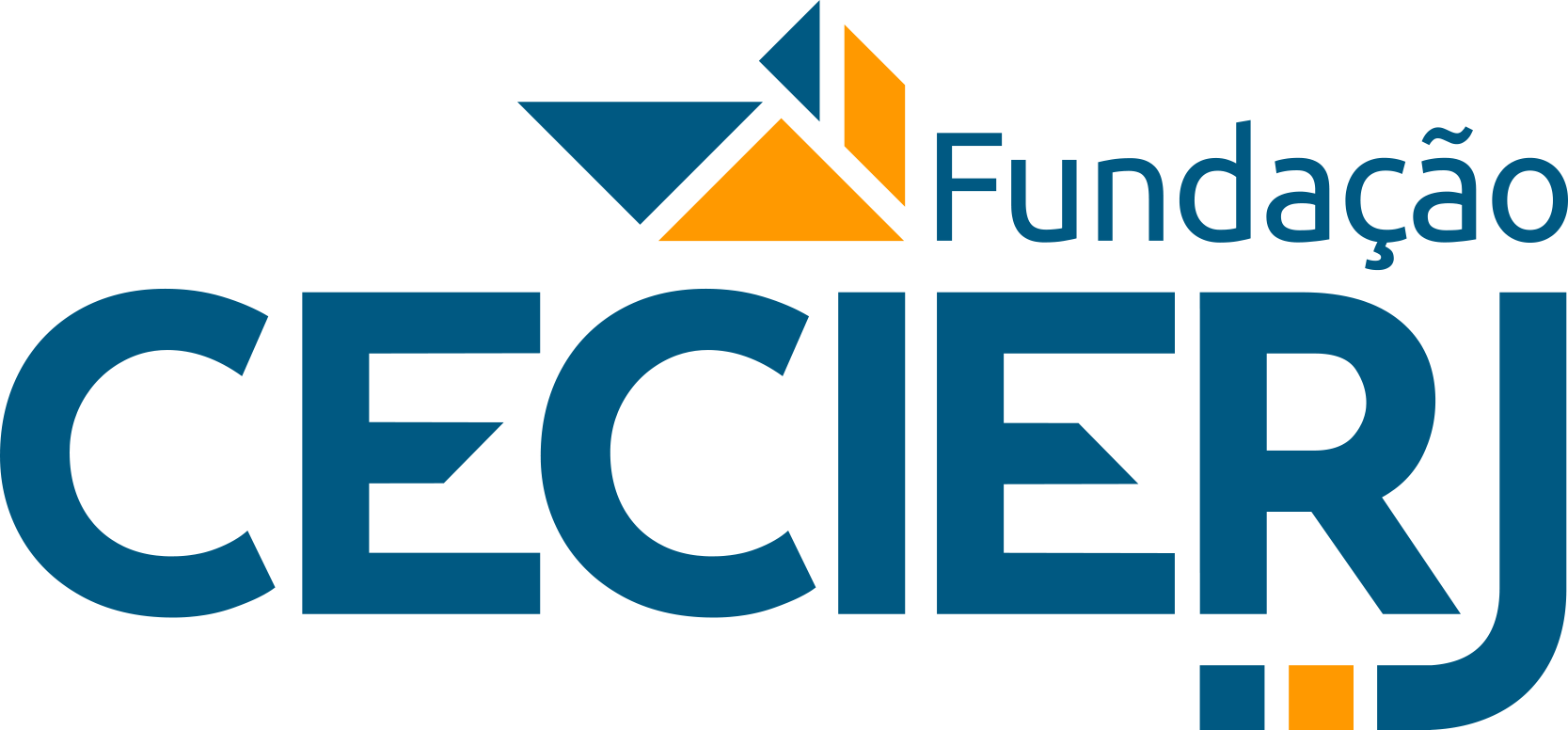Reflections on Training of Workers through UAB in Pará
DOI:
https://doi.org/10.18264/eadf.v11i1.1162Abstract
This article analyzes the relationship between the training of workers graduating from Polo Cametá of the Universidade Aberta do Brasil (UAB) and their socioeconomic profile, their insertion and maintenance in the labor market, their employment situation and their degree of satisfaction with the training area. The theoretical framework is based on authors of critical conception. The methodology of this research follows the Historical-Dialectical Materialism with Qualitative Approach, and has as a technical procedure the Case Study. The results of the research demonstrate that the UAB Pole has an important social function in the training of workers in the microregion of Cametá (Pará, Brazil) and that most of the former workers do not work in their training area, but, contradictorily, they feel satisfied with the training received. It is concluded that the UAB / Polo Cametá, through distance education, contributed positively in the training process of graduates, providing professional and human training.
Keywords: Work. University. Formation. Distance education. Graduates.
Downloads
References
ANDRIOLA, W. B. (2014). Estudo de egressos de cursos de graduação: subsídios para a autoavaliação e o planejamento institucionais. Educar em Revista, Curitiba, Brasil, n. 54, p. 203-219, out./dez. Editora UFPR, 2014. Disponível em: http://www.scielo.br/pdf/er/n54/a13n54.pdf. Acesso em: 12 jul. 2019.
ANTUNES, R. (2009). Os sentidos do trabalho: ensaio sobre a afirmação e a negação do trabalho. São Paulo, SP: Boitempo.
ARRUDA, E. P., & ARRUDA, D. P. (2015). Educação a Distância no Brasil: Políticas Públicas e Democratização do acesso ao Ensino Superior. Educação em Revista, 31(3), 321-338. Disponível em: http://www.scielo.br/pdf/edur/v31n3/19826621-edur-31-03-00321.pdf. Acesso em: 12 jul. 2019.
BRASIL. Censo da Educação Superior. (2017). Brasília, DF: MEC/INEP.
BRASIL. [Constituição (1988)]. Constituição da República Federativa do Brasil de 1988. Brasília, DF: Presidência da República, [2016]. Disponível em: http://www.planalto.gov.br/ccivil_03/Constituicao/Constituiçao.html. Acesso em: 12 jul. 2019.
BRASIL. Decreto nº 5.800. (2006, 08 de junho). Dispõe sobre o Sistema Universidade Aberta do Brasil - UAB. Disponível em: http://www.planalto.gov.br/ccivil_03/_Ato2004-2006/2006/Decreto/D5800.htm. Acesso em: 12 jul. 2019.
BRASIL. Decreto nº 5.622. (2005, 19 de dezembro). Regulamenta o Art. 80 da Lei nº 9.394, de 20 de dezembro de 1996, que estabelece as diretrizes e bases da educação nacional. Disponível em: http://www.planalto.gov.br/ccivil_03/_Ato2004-2006/2005/Decreto/D5622.htm. Acesso em: 12 jul. 2019.
BRASIL. Lei nº 9.394. (1996, 20 de dezembro). Estabelece as diretrizes e bases da educação nacional. Brasília, DF: Presidência da República, [2017]. Disponível em: http://www.planalto.gov.br/ccivil_03/leis/l9394.htm. Acesso em: 12 jul. 2019.
CAMETí. Decreto Municipal nº 97. (2013, 29 de julho). Lei Municipal de Criação do Polo de Apoio Presencial da Universidade Aberta do Brasil UAB/Cametá, nº 245 de 20 de setembro de 2013. Cametá, PA: PMC, 2013.
CUNHA, L. A. (1989). Qual universidade? São Paulo, SP: Cortez.
FRANCO, M. L. (2008). Análise de conteúdo. (3a. ed.). Brasília, DF: Liber Livro Editora.
FRIGOTTO, G. (1991). O enfoque da dialética materialista histórica na pesquisa educacional. In Fazenda, I. (org.). Metodologia da pesquisa educacional (pp. 20). São Paulo, SP: Cortez.
FRIGOTTO, G. (2001). Educação e Trabalho: bases para debater a Educação Profissional Emancipadora. Perspectiva, 19(1), 71-87. Disponível em: https://www.feis.unesp.br/Home/DSAA/DS AA/ProjetoGQTSCM/documentos/educaca o/04_frigotto.pdf. Acesso em: 12 jul. 2019.
GERHARDT, T. E.; SILVEIRA, D. T. (2009). Métodos de pesquisa. Porto Alegre, RS: Editora da UFRGS.
IBGE. Instituto Brasileiro de Geografia e Estatística. (2010). Censo demográfico. Rio de Janeiro, RJ: IBGE.
KENDLER, V., & OLIVEIRA, L. C. V. de. (2015). Experiência de professores de uma instituição pública no uso das novas tecnologias da informação e da comunicação na educação a distância. Belo Horizonte: Universidade FUMEC.
LUDKE, M., & ANDRÉ, M. (1986). Pesquisa em educação: abordagens qualitativas. São Paulo, SP: EPU.
MARCONI, M. de A., & LAKATOS, E. M. (2003). Fundamentos de metodologia científica. (5a. ed.). São Paulo, SP: Atlas.
RIOS, J. A., & PIMENTEL, R. G. (2007). Educação a distância e o seu grande desafio: o educando como sujeito de sua própria aprendizagem. Disponível em: http://extensao2.nead.ufsj.edu.br/site/. Acesso em: 12 jul. 2019.
RUDIO, F. V. (2007). Introdução ao projeto de pesquisa científica. (34a. ed.). Petrópolis, RJ: Vozes.
SAVIANI, D. (2007). Trabalho e educação: fundamentos ontológicos e históricos. Rev. Bras. Educ., 12(34), 152-165, 2007. Disponível em: http://www.scielo.br/pdf/rbedu/v12n34/a12v1234.pdf. Acesso em: 12 jul. 2019.
SEVERINO, A. J. (2008). O ensino superior brasileiro: novas configurações e velhos desafios. Educar, 31, 73–89, 2008. Disponível em: http://www.scielo.br/pdf/er/n31/n31a06. Acesso em: 12 jul. 2019.
SILVA, R. G. da, & OLIVEIRA, E. G. de. (2012). A EaD contribui para a democratização do acesso í educação pública? Anais SIED/EnPED. Disponível em: http://www.sied-enped2014.ead.ufscar.br/ojs/index.php/sied/article/view/171/81. Acesso em: 12 jul. 2019.
Downloads
Published
How to Cite
Issue
Section
License
All articles published in Revista EaD em Foco receive the license
Creative Commons - Atribuição 4.0 Internacional (CC BY 4.0).
All subsequent publications, complete or partial, must be made with the acknowledgment, in citations, of the Revista EaD em Foco as the original editor of the article.













